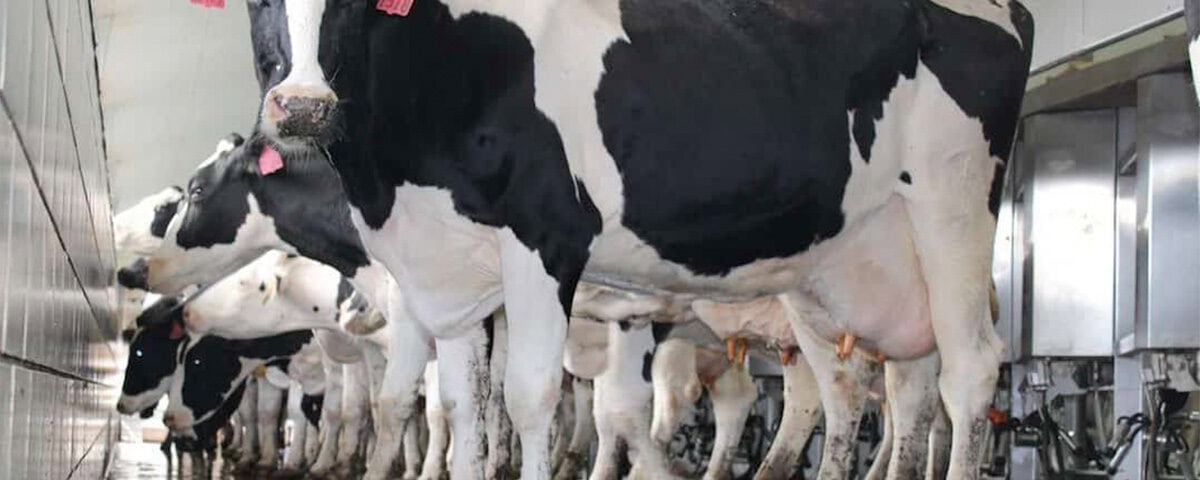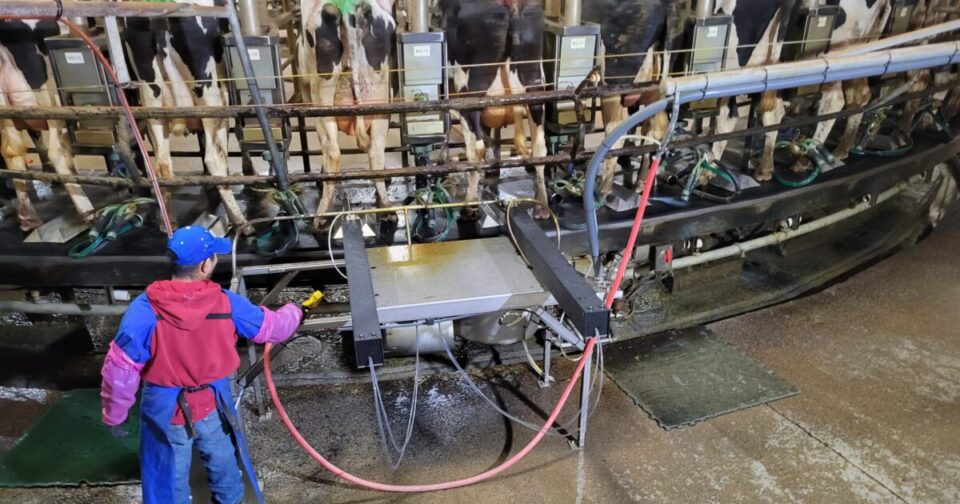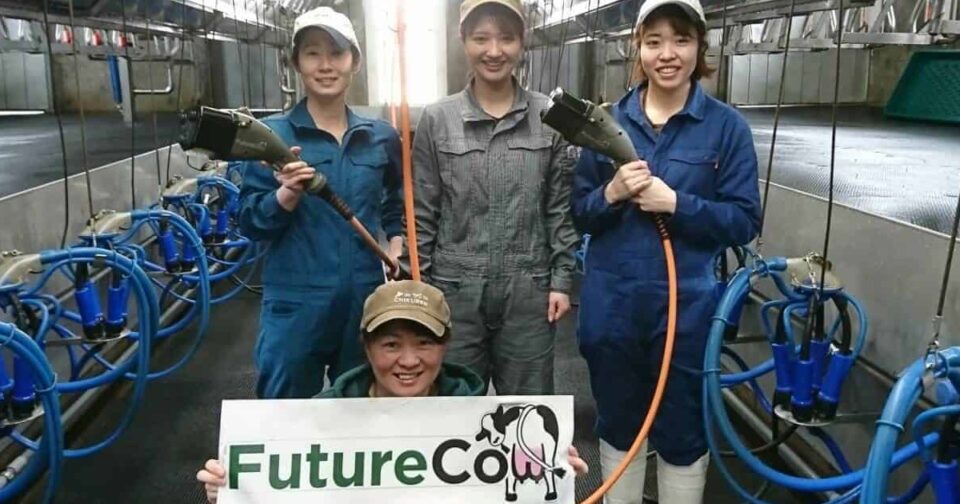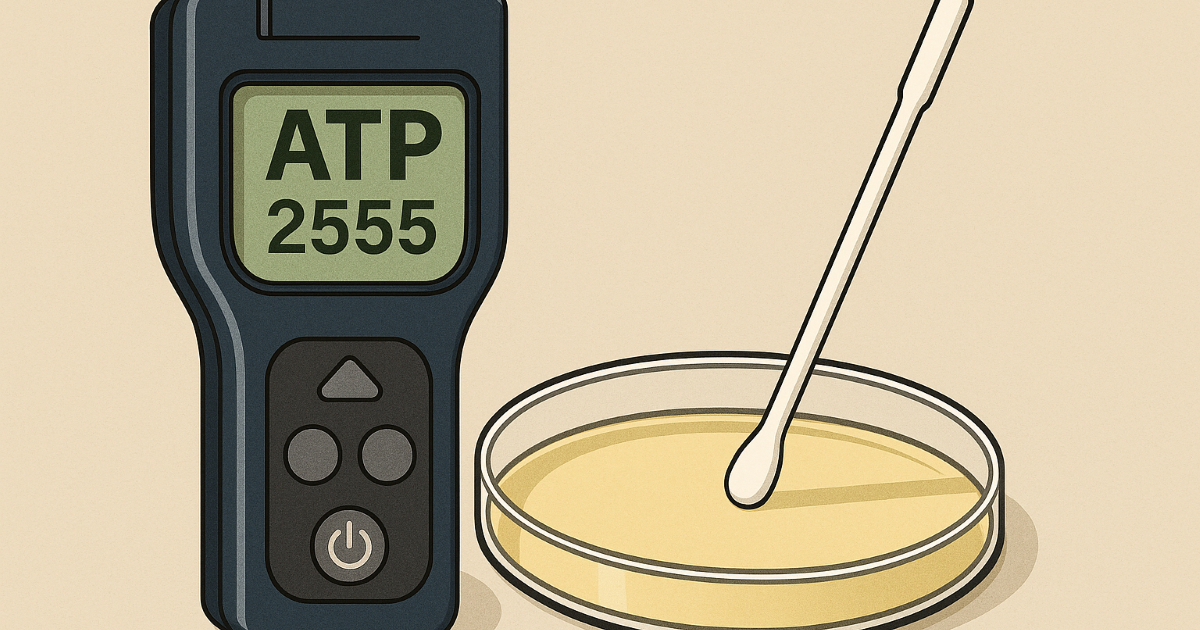
First Day with Teatscrubber
June 15, 2023
How to Win the Mycoplasma Bovis Battle
October 19, 2023Milk markets and pay structures are undergoing significant changes across the globe, but one constant remains – the enduring importance of milk quality. All too often, the industry overlooks this aspect, especially when premiums are not directly associated with higher quality levels. Regardless of financial incentives, our continuous pursuit of excellence in milk quality is non-negotiable. This commitment is not only vital for the financial viability of the industry but is also essential for the well-being of our cows and customers.
The value of the dairy industry’s output is immense, and emerging trends suggest that maintaining high-quality milk may soon be a prerequisite for sustaining dairying. Moving away from the traditional concept of rewards through premiums, the industry must adapt to uphold and prioritize quality.
Somatic Cell Count (SCC) serves as a critical indicator, reflecting the level of infection that cows, both individually and at herd level, are contending with, even in the absence of visible clinical cases of mastitis. Such infections can cause irreversible damage, leaving permanent scar tissue that impairs milk production, quality, and overall animal health, ultimately affecting a dairy’s margin.
To identify and address potential issues within a dairy system, it is essential to monitor both bulk tank and individual SCC, along with bulk tank cultures. Such tracking provides insights into where and when problems might be arising, guiding the initiation of investigations. Recording individual cow test day information is paramount to pinpointing management weaknesses, whether they lie in transition periods, fresh groups, general milk groups, heifer raising programs, parlor management, or contagious mastitis issues. Relying solely on tracking milk quality by clinical mastitis cases or the number of cows culled comes too late in the process. Focused attention on early intervention and detailed information at the individual cow level is crucial for reducing SCC.
Prioritizing management strategies that focus on milk quality should not be a secondary consideration; it must take center stage. The industry is already signaling the growing importance of quality, and waiting for an explicit demand will only set us back. Fortunately, tools and resources to address and maintain milk quality are readily accessible. Vendors and herd veterinarians play an integral role and have a vested interest in contributing to this journey towards quality excellence.
In conclusion, as the dairy industry navigates through shifting markets and pay structures, the spotlight on milk quality remains steadfast. Proactive measures, early intervention, and utilizing available resources are essential strategies in sustaining quality. Together, let us not underestimate the value of what we produce and work collaboratively towards a future where quality is not just a requirement but a testament to our commitment to the cows and customers we serve.




